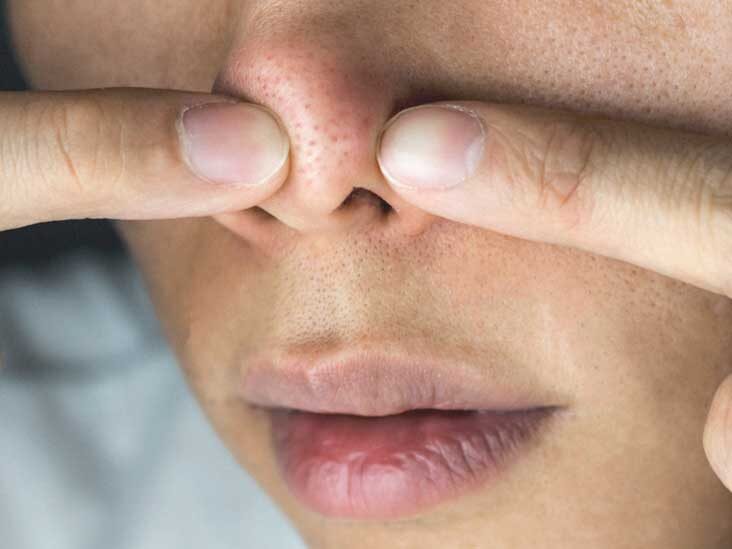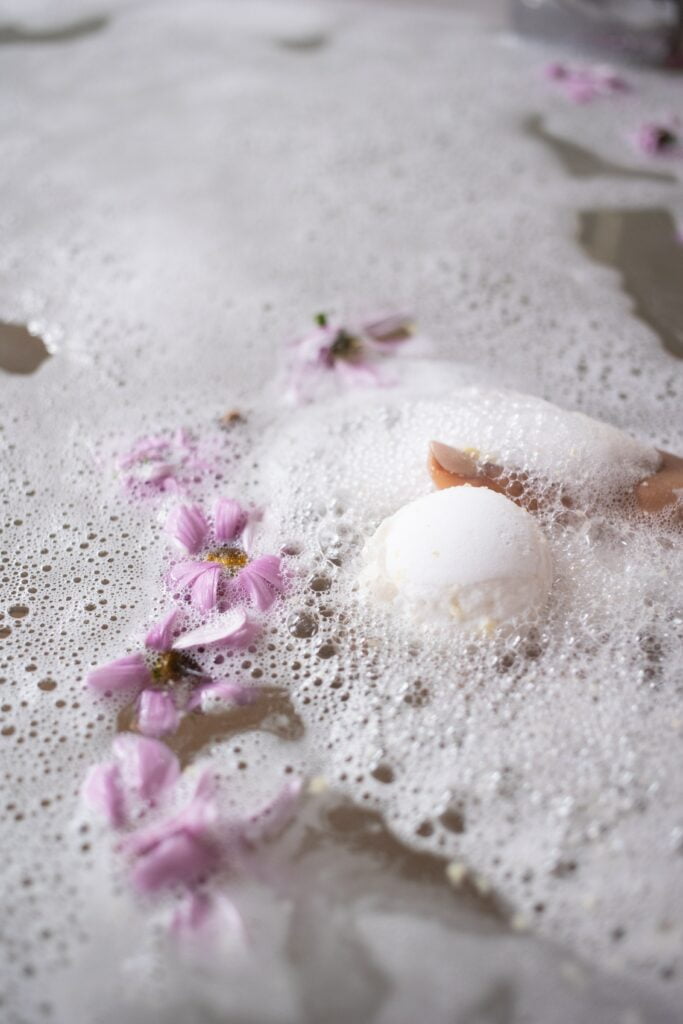Bump on the nose surface or humps in the nasal structure can occur for a multitude of reasons; as a result, it is critical to seek medical advice to determine the cause. If you notice small, a soft bump on the nose, it may be an acne bump caused by clogged pores, hormonal fluctuations, or bacterial infection. A dermatologist can then assist you in developing an acne treatment plan that may include prescription medications or the addition of over-the-counter products containing benzoyl peroxide or alpha hydroxy acids such as glycolic acid to your daily skincare routine for the prevention of such a bump on the nose.

Bumps On the Nose are Not Acne
Before assuming that any large or small bump on the nose is simply a case of acne vulgaris that can be treated with over-the-counter or home remedies, consult a physician about your skin condition. Indeed, the pimple-like bump on the nose may be caused by prickly heat caused by excessive sun exposure – or they may be pus-filled bumps caused by ingrown hairs, which can occur in the nasal region and may resolve with treatment.
Additionally bumps on the nose not acne may be caused by hair follicles obstructing the nasal pores, with the sebaceous glands producing excessive oils and trapping dead skin cells. When used as part of a daily skincare routine, salicylic acid-containing products can assist in unclogging pores.
Why Do I Have A Bump On My Nose?
Generally, nose piercing bumps can be divided into three types. If you can identify these types then you can easily work on getting rid of the bumps.
Pustules Bump On the Nose
Red bump on the nose
Like pimples and blisters, pustules are red. These are pus-filled cysts that may or may not cause discomfort. Symptoms of a pustule nose with a bump include the following:
- Irritations
- Itching Sensation
- Burning
Consult your doctor or piercer regarding treatment options if your pustule is causing you discomfort.
Pustules can be caused by a number of different factors, which include the following:
- Attaining or yanking on a piercing
- Infections Trauma – such as accidentally striking or grabbing your piercing while participating in a contact sport
Granulomas Bump On The Nose
Hard bump on the nose
A granuloma hard bump on the nose or nose piercing bump does not appear until weeks or months after the piercing, which distinguishes it from other types of piercing bumps. These may form within or immediately adjacent to the piercing hole.
Granulomas are caused by trauma. They are caused by the tissue in your nose attempting to fill in the newly formed hole.
This is a natural inflammatory response. An infection does not require the presence of a granuloma, although one may develop as a result of the granuloma.

Keloids Bump On the Nose
Red bump on the nose
A keloid red bump on the nose is the most severe type of nose piercing bump. A keloid is essentially an aggressive scar that forms around the piercing site. They are acquired by some individuals while others do not.
If you already have a keloid on your nose, you are extremely susceptible to developing another one with additional piercings. Your piercing artist can determine whether the keloid on your nose is benign or malignant.
Keloids that develop as a result of trauma can be removed by a doctor or dermatologist. While this will cost slightly more, it will allow you to enjoy your piercing indefinitely.
Numerous Reasons for Piercing Bump on the Nose
Numerous factors can play a role in the development of bumps on the nose. Just as the appearance of the bump on the nose varies, so do the reasons for it.
Piercing Techniques
By visiting a less expensive shop, you increase your chances of encountering an inexperienced piercer who may attempt to use ear-piercing guns on areas that are better pierced with needles, for example.
Ascertain that you are visiting a reputable establishment and that the pierce artist performing the piercing is skilled in the type of piercing you desire.
Inadequate Aftercare
Not only is it critical to strictly follow your piercing aftercare instructions, but it is also critical to use the appropriate aftercare products. Ascertain that you understand the piercing artist’s advice and do not hesitate to contact them with any questions.
This is another illustration of the critical importance of hiring a professional piercer. Someone less knowledgeable about this subject may inadvertently provide you with incorrect advice in this area.
Using Unclean Hands to Care for Your Piercing
Always wash your hands before touching your face, even if you have no memory of being dirty in the time since you last washed them. Taking this additional step will aid in the prevention of infection in your piercing area.
Reactions to Allergens and Post-Traumatic Stress Disorder
Unfortunately, accidents do occur. Occasionally, our bodies have an adverse reaction to the jewelry or the piercing. It may be necessary to switch to titanium jewelry in the case of severe allergic reactions.
How To Get Rid Of Bump On the Nose?
Here are the top 3 tips for you to remove nose bumps:
Get Rid Of Bump On the Nose
At the very least, clean your piercing twice a day.
Often, new piercings should be cleansed twice daily. Your piercer can provide you with a more specific recommendation.
Before handling your nose piercing for any reason, always thoroughly wash your hands with warm water and liquid soap. Clean your piercing after drying your hands.
Your piercer can provide you with recommendations for the best cleansers to use. They will almost certainly advise you against cleaning your piercing with soaps containing triclosan.
Ascertain that you are visiting a reputable establishment and that the pierce artist performing the piercing is skilled in the type of piercing you desire.
Take A Sea Salt Bath To Purify Your Skin
Cleanse hands thoroughly with warm water and liquid soap. Pat dry with a paper towel.
Unless your piercer specifies otherwise, clean your piercing with a salt solution. To prepare your solution, combine 1/4 teaspoon unionized sea salt with 8 ounces warm water.

Apply Diluted Tea Oil From Tree
Tea oil from trees, a naturally occurring antifungal, antiseptic, and antibacterial substance. Tea oil from trees is especially effective at dehydrating a nose-piercing bump. Additionally, it contributes to the acceleration of the healing process, the prevention of infection, and the reduction of inflammation.

